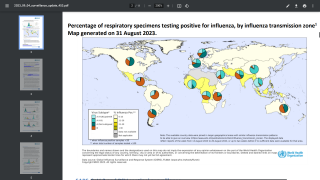From “Immunity Debt” to “Immunity Theft”

JAMA Medical News recently published a Perspective explaining how new phrases may apply to recent respiratory illnesses in children in various countries.
Published on January 10, 2024, Rita Rubin, MA, discussed the ongoing debate about how the COVID-19 pandemic contributed to increased rates of diseases such as influenza and respiratory syncytial virus.
Much of the discussion has centered around immunity debt and immunity theft, terms born of the pandemic and not found in textbooks.
The former generally refers to the reduced spread of other pathogens because of nonpharmaceutical interventions imposed to curb the spread of SARS-CoV-2, such as school closures and mask mandates.
In early January 2024, a PubMed search for immunity debt yielded only 22 results; the earliest reference was published in May 2021.
Some scientists have suggested that something else is also going on.
They call the phenomenon immunity theft, a term that is nowhere to be found on PubMed.
T. Ryan Gregory, Ph.D., an evolutionary biologist at the University of Guelph in Ontario, Canada, is widely credited with having coined the term in late 2022.
While immunity debt refers to the ramifications of reduced exposure to a variety of pathogens resulting from efforts to rein in SARS-CoV-2, immunity theft refers to the notion that SARS-CoV-2 itself steals immunity, leaving some people who’ve had COVID-19 more susceptible to other infections.
Neither term is scientific, though, Gregory noted: “They’re both rhetorical devices.” They’re not mutually exclusive, either.
The complete, unedited JAMA article is available at this link.
Our Trust Standards: Medical Advisory Committee
























